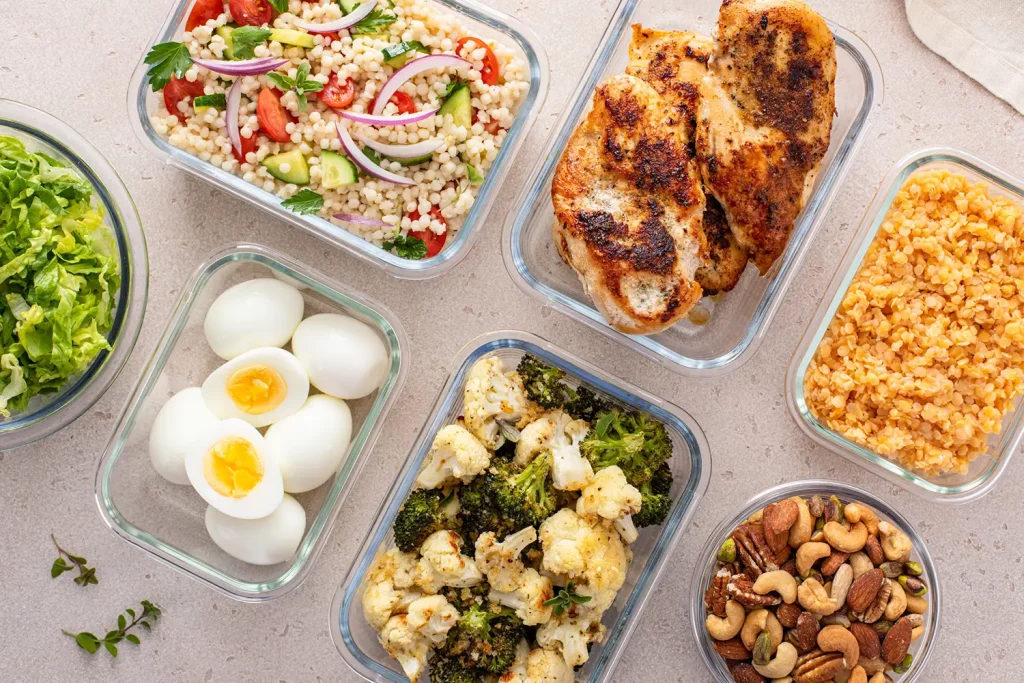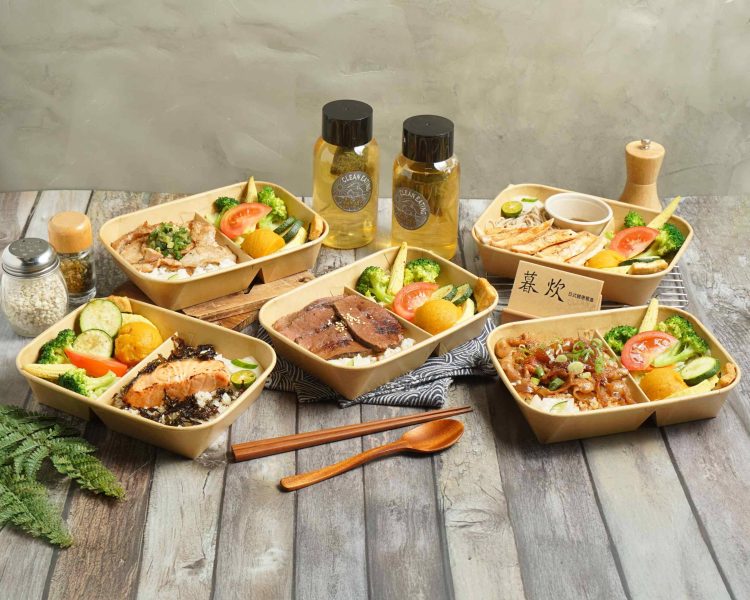In a world overflowing with fad diets, detox teas, and social media-fueled wellness trends, the phrase “clean eating” has stood out—praised by some as a path to lasting vitality, dismissed by others as another passing health craze. But what is clean eating, really? Is it a restrictive, short-term buzzword that will fade like so many others, or is it a foundational shift toward a more intentional and nourishing way of life? As we dig deeper, it becomes clear that clean eating, when approached with mindfulness and balance, transcends trendiness. It’s a philosophy—one that integrates seamlessly into long-term lifestyle changes, shaping not just how we eat, but how we live, feel, and thrive.
The Roots of Clean Eating: Simplicity and Wholeness
At its core, clean eating is refreshingly simple. It encourages consumption of whole, minimally processed foods as close to their natural state as possible. Think fresh fruits and vegetables, whole grains, lean proteins, healthy fats, and water. The premise is to eat foods that fuel your body, not confuse it. By prioritizing nutrients over empty calories, clean eating moves us away from ingredient lists filled with additives, preservatives, and refined sugars. It’s not about cutting out entire food groups or obsessing over every calorie—it’s about clarity, simplicity, and reconnecting with the origin of what we consume.
Clean Eating vs. Trend-Based Dieting
Unlike diets that promise quick fixes—such as keto, paleo, or intermittent fasting—clean eating does not hinge on strict formulas or timelines. It doesn’t ask you to count carbs or avoid certain hours of the day. Instead, it nudges you to tune into your body, assess your energy levels, digestion, mood, and overall wellness. It’s not about following rigid rules; it’s about adopting better habits that are sustainable and realistic for the long haul. This distinction is critical: where diets often end, clean eating continues. It evolves with your needs, circumstances, and goals.
The Psychological Shift: From Deprivation to Empowerment
Many diets operate from a scarcity mindset—what you can’t have, what you must avoid, what you’ve failed at. Clean eating, when not taken to extremes, flips that narrative. It’s about abundance: filling your plate with vibrant colors, diverse textures, and nourishing combinations. It cultivates a positive relationship with food, grounded in choice rather than restriction. This psychological shift is crucial for long-term adherence. You’re not punishing your body; you’re honoring it. Over time, this fosters greater self-awareness and appreciation, turning meals into moments of self-care rather than stress.
How Clean Eating Becomes a Lifestyle
So, how does clean eating move from idea to integration? The transition is subtle but powerful. It begins with small, consistent changes: swapping sugary cereals for overnight oats, choosing olive oil over canola, adding more greens to your lunch plate. As these choices become habits, your kitchen transforms. You start reading labels, experimenting with natural seasonings, cooking more at home, and shopping with intention. Eating out becomes more mindful. Your energy stabilizes, cravings fade, and your skin glows. You don’t just eat clean—you live clean, embracing routines that align with mental clarity, emotional stability, and physical vitality.
Practical Steps to Begin a Clean Eating Lifestyle
- Prioritize fresh produce: Make vegetables and fruits the centerpiece of every meal. The wider the color range, the better.
- Choose whole grains: Brown rice, quinoa, oats, barley—rich in fiber and nutrients.
- Go lean with protein: Opt for fish, chicken, tofu, legumes, or eggs over processed meats.
- Read labels: Choose products with short, recognizable ingredient lists.
- Stay hydrated: Drink water or herbal teas, avoiding sugary or artificially sweetened drinks.
- Cook at home: Control your ingredients, seasoning, and portions.
- Avoid refined sugars and flours: These cause blood sugar spikes and energy crashes.
- Use healthy fats: Avocados, nuts, seeds, olive oil, and fatty fish support heart and brain health.
- Practice mindful eating: Eat slowly, chew thoroughly, and appreciate each bite.
Clean Eating and Emotional Wellness
One of the most underappreciated aspects of clean eating is its impact on emotional well-being. Processed foods high in sugar, trans fats, and additives are not just detrimental to the body—they also cloud the mind. Studies have linked ultra-processed diets to mood swings, anxiety, and depression. Conversely, clean eating supports stable blood sugar levels, hormonal balance, and gut health—all of which are crucial for mental clarity and mood regulation. When your body runs efficiently, your mind follows. Clean eating lays the groundwork for a more balanced emotional state, promoting resilience, calm, and focus.
Clean Eating is Not About Perfection
A common pitfall of clean eating—especially when influenced by social media—is the pressure to be perfect. This is where clean eating becomes dangerous, morphing into orthorexia, an unhealthy obsession with “pure” foods. But a sustainable clean eating lifestyle allows room for flexibility. It’s okay to enjoy a slice of cake at a birthday party or indulge in your favorite childhood snack once in a while. What matters is the consistency of your habits, not the occasional detour. Clean eating should feel empowering, not restrictive. Balance is the key to longevity.
How Clean Eating Intersects with Sustainability
More than just a personal health choice, clean eating often aligns with environmental responsibility. Choosing seasonal, local, and organic produce reduces your carbon footprint. Eating less processed meat and more plant-based foods conserves water and land. By minimizing packaging waste and supporting local farmers, clean eaters contribute to a more sustainable food system. This intersection between personal health and planetary wellness reinforces clean eating as a meaningful, lifestyle-oriented practice rather than a fleeting trend.

Clean Eating and Family Life
Integrating clean eating into family routines can lead to generational health benefits. Kids raised on whole foods develop more diverse palates and healthier habits. Cooking together fosters bonding, teaches life skills, and makes clean eating fun instead of a chore. Family meals become more than just nourishment—they become rituals of connection. Introducing children to clean eating early helps prevent dependency on processed, sugar-laden snacks and instills respect for the origins of their food.
Clean Eating in the Modern World: Challenges and Solutions
Let’s be honest—clean eating can feel overwhelming in today’s fast-paced environment. We’re surrounded by convenience food, aggressive marketing, and tight schedules. However, clean eating doesn’t require perfection or hours in the kitchen. Batch cooking, meal prepping, and choosing frozen vegetables or pre-cut produce can make a clean lifestyle realistic. Apps and grocery delivery services can help you source clean ingredients even in food deserts. The key is preparation and intention, not gourmet-level cooking skills. When clean eating becomes part of your system, it stops being another “to-do” and becomes your new normal.
Traveling or Dining Out While Eating Clean
Yes, it’s possible—and even enjoyable—to stick with clean eating while traveling or eating out. Look for menus that emphasize fresh ingredients. Choose grilled over fried, ask for dressings and sauces on the side, and don’t hesitate to customize. Most restaurants will accommodate clean eating preferences if you ask respectfully. Travel, in fact, can even deepen your appreciation for clean eating, exposing you to global traditions centered around freshness, simplicity, and balance.
The Longevity Connection
Clean eating isn’t just about looking good—it’s about aging well. Diets rich in antioxidants, fiber, healthy fats, and phytonutrients support cellular repair, hormonal harmony, and immune resilience. People who adopt clean eating as a lifestyle often experience lower rates of chronic illness, more stable energy, and better sleep. It’s not a magical cure-all, but it is a powerful foundation. Clean eating helps your body function optimally over decades—not just weeks.
Redefining Clean Eating for the 21st Century
As wellness culture continues to evolve, it’s essential to redefine clean eating in inclusive, accessible ways. That means moving away from elitist imagery (like $15 green juices and aesthetic acai bowls) and embracing the fact that clean food can be affordable, diverse, and culturally relevant. A bowl of rice and beans, sautéed greens, or lentil soup can be just as “clean” as trendy superfoods. Clean eating is not a luxury—it’s a right, and it’s most powerful when rooted in cultural diversity, affordability, and practicality.
Final Thoughts: A Lifelong Commitment to Wellness
So, is clean eating a lifestyle or a trend? The answer lies in how you engage with it. When viewed through the lens of restriction, vanity, or perfectionism, it’s just another trend. But when approached with curiosity, consistency, and compassion, it becomes a lifestyle—a guiding philosophy that adapts to your life stage, cultural background, and health needs. Clean eating is not about following someone else’s rules. It’s about building your own foundation of nourishment, mindfulness, and joy. It’s about reclaiming your power to choose, cook, and consume food that serves your body and soul.
In the end, clean eating is not the destination—it’s the vehicle. A means to more energy, better sleep, fewer mood swings, and deeper satisfaction at every meal. It’s not a sprint; it’s a rhythm. And once you find yours, it becomes second nature. Not perfect, not rigid, but real—and that’s what makes it lasting.

















































